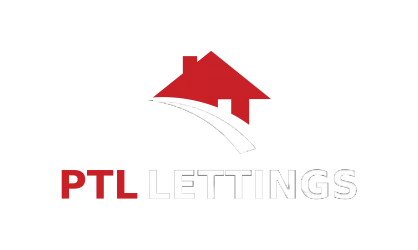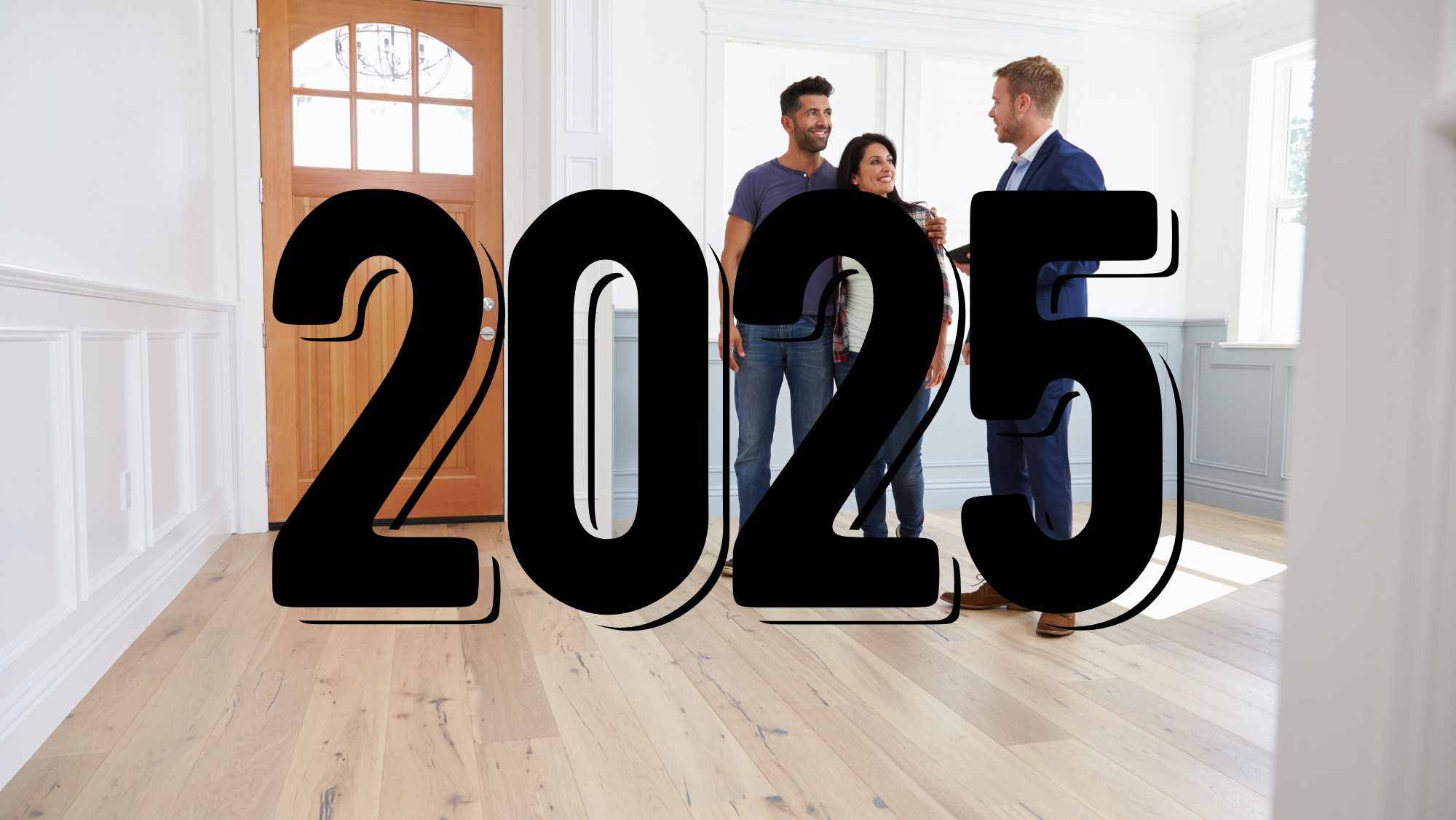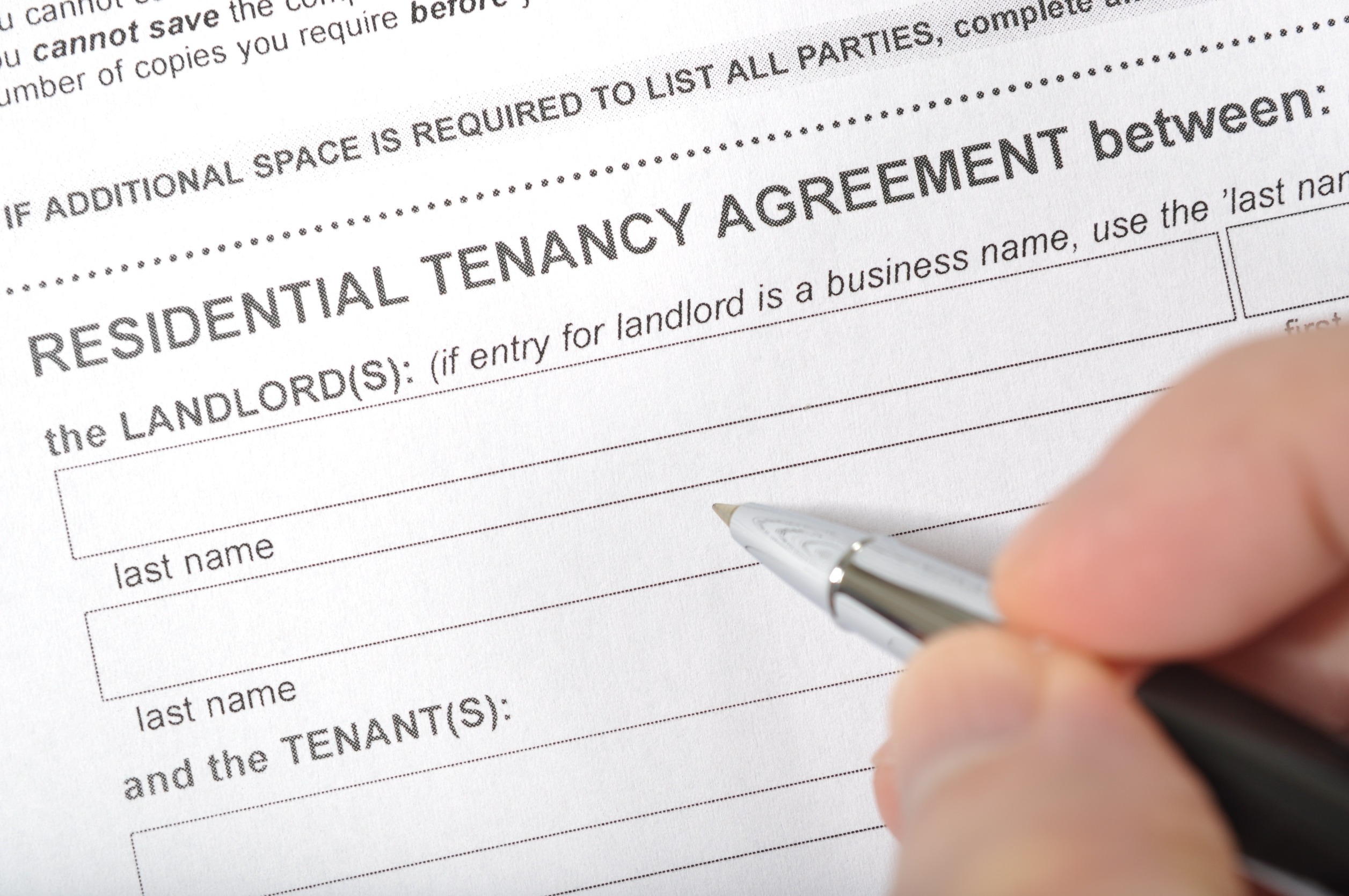Blog
- Home
- Blog
- Page 3
PTL Lettings
20 Feb 25
8 Essential Tips for Finding the Best Tenants in Peterborough
Finding the best tenants for your rental property in Peterborough is one of the most
PTL Lettings
13 Feb 25
Tenant Screening Made Easy: Why Landlords in Peterborough Should Consider Professional Help
Tenant screening is one of the most important tasks for any landlord, in ensuring
PTL Lettings
06 Feb 25
Handling Mid-Tenancy Maintenance Requests: A Landlord’s Guide
Handling mid-tenancy maintenance requests is an inevitable part of being a landlord. From a dripping
PTL Lettings
26 Dec 24
Preparing Your Rental Property for the New Year Market
During the festive season, landlords in Peterborough have the perfect opportunity to prepare their properties
PTL Lettings
19 Dec 24
7 Common Mistakes Made When Self-Managing a Rental Property
Self-managing a rental property in Peterborough can be a challenging task for landlords, especially if
PTL Lettings
12 Dec 24
Letting Your property in Winter: Landlord Considerations
Letting a property in winter can be a unique experience, especially for landlords in Peterborough.
PTL Lettings
05 Dec 24
Are Property Inventories Important? 10 Reasons Why You Need One!
Inventories might seem like just another checklist when it comes to renting in Peterborough, but they
PTL Lettings
24 Oct 24
What is an AST?
An AST, or Assured Shorthold Tenancy, is the most common type of tenancy agreement between
PTL Lettings
17 Oct 24
Maintenance Tips for Landlords: Don’t Neglect Property Repairs
Owning a rental property in Peterborough comes with its own set of responsibilities, and one
PTL Lettings
10 Oct 24
A Guide To Landlord Allowable Expenses: Maximizing Returns
As a landlord in Peterborough, navigating the world of taxes can be a daunting task.
Recent Posts
PTL Lettings
Landlord Tips: Renting to Tenants with Pets
PTL Lettings
Does a Garden Add Value to a Buy-to-Let Property?
PTL Lettings
3 Tenancy Deposit Mistakes – And How to Fix Them
All Categories
Tags
advice for landlords
allowable expenses
assured tenancy agreement
AST
attract tenants
best tenants
buy-to-let
checklist
christmas tenancies
December
Diamond
festive tips for renters
garden
holding deposits
hybrid working
kerb appeal
landlords
lease extensions
legionaires disease
legionella
Letting
lettings
Luxury
Luxury Living
maintenance
marketing
new year rentals
noise complaints
pest control
preparing a rental property
property inventories
property maintenance
property management
remote working
rental
rental property
rentals
renting
renting to tenants with pets
tenancy agreement
tenancy deposit
tenants
void periods
winter rentals
work from home














